Managing Pet Weight After Sterilization
After bringing your pet home from their spay or neuter surgery, you might notice something concerning - that once sleek and energetic companion is gradually becoming rounder. This isn't just your imagination. Statistics show that the incidence of obesity in sterilized pets is about twice as high as in intact animals. But there's good news: with proper management, you can absolutely help your pet maintain their ideal physique.
The weight gain primarily stems from two physiological changes. On one hand, hormonal shifts cause metabolism to slow by approximately 20-30%, meaning the same amount of food now provides excess energy. On the other hand, appetite regulation mechanisms are affected, often leading pets to eat more. This combination of decreased energy requirements and increased consumption creates a caloric surplus.

Diet adjustment becomes crucial for effective weight management. The first step is switching to formula food specifically designed for sterilized pets. These specialized diets control calorie intake by reducing fat content and increasing dietary fiber while ensuring nutritional needs are met. Remember to use a measuring cup for precise portions and divide the daily amount into morning and evening meals. This approach prevents hunger pangs while maintaining metabolic activity.
Beyond main meals, snack management is equally important. Consider replacing high-calorie training treats with more nutritious alternatives. For dogs, try carrot pieces or green beans; for cats, offer moderate amounts of freeze-dried meat bites. These options satisfy chewing urges without adding excessive calories.

Exercise plans should be tailored to each pet. For dogs, 30 minutes of brisk walking or light running daily proves more effective than aimless wandering. For cats, provide multi-level cat trees and engage them in jumping games using feather wands. The key is making exercise enjoyable enough to maintain consistently.
Establishing regular monitoring habits makes weight management more effective. We recommend weighing your pet every two weeks while checking three physical indicators: ribs that are easily felt but not visible, a noticeable waistline when viewed from above, and a slightly tucked abdomen from the side view. If you notice continuous weight gain, promptly adjust food portions or increase physical activity.

It's worth noting that some pets may appear unusually hungry after sterilization. In such cases, consider adding salt-free green beans or pumpkin puree to their meals - these high-fiber foods enhance satiety. Also, ensure adequate water intake, as thirst is sometimes mistaken for hunger signals.
Weight management after spaying/neutering requires patience and persistence, but these efforts are worthwhile for preventing obesity-related conditions like arthritis and diabetes. Remember, maintaining a healthy weight isn't just about appearance - it's about ensuring quality of life. If you encounter difficulties during this process, don't hesitate to consult your veterinarian for personalized advice. Let professional guidance help your pet enjoy a healthier, longer life together with you.

No comments